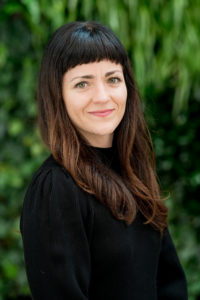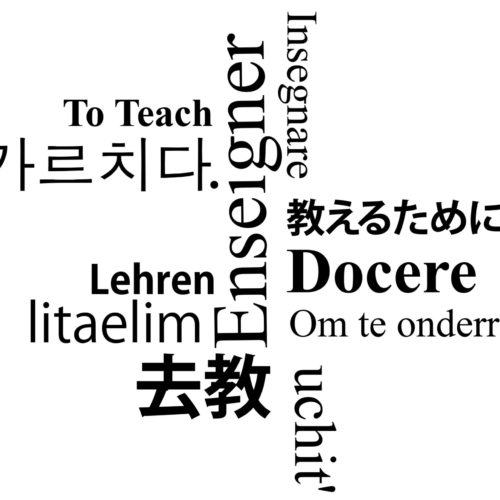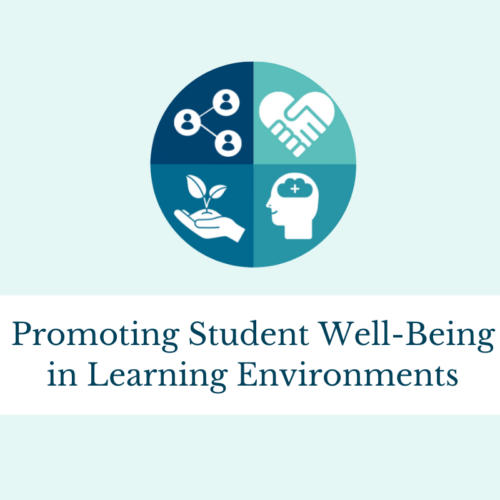Bringing the Museum into Your Classroom: Teaching with Art through the Kemper Art Museum

In a recent virtual conversation hosted by the CTL, facilitator, Dr. Meredith Lehman, Head of Museum Education at the Mildred Lane Kemper Art Museum, discussed the ways that resources at the Museum can be integrated into course plans across the disciplines. Below, she provides more information about how instructors and students can engage with the Museum’s collection and special exhibitions regardless of what courses they are teaching and what modes of instruction they are using.
How does learning in an art museum support student engagement?
Students benefit from experiential learning with original works of art—what education theorists call object-based learning. Studies have shown that object-based learning helps students understand concepts and difficult areas of knowledge, as well as develop transferable skills around critical thinking, visual literacy, communication, and creative response. The museum environment encourages active learning by offering choices and discovery. It is a space for students to formulate questions, reflect on their ideas and those of their peers, and build interpretations of works of art through close looking.
Encounters with art also speak to a range of human experience across different cultures, histories, geographies, and disciplines. Teaching with art therefore builds cross-cultural understanding and historical empathy. Art is a language we all must be fluent in to be socially engaged citizens.
Are the collections only a useful teaching tool for classes working with art or visual culture?
Art and art history are not the only classes that engage with the Museum’s collection and special exhibitions. We work closely with instructors across a wide array of departments, including African and African-American Studies, Engineering, History, Physics, Sociology, and Women, Gender, and Sexuality Studies to name a few. We also see many First-Year Seminars and College Writing courses, which provides an opportunity to introduce new members of the WashU community to their campus museum.
What should my students expect during a class visit?
Students can expect to share insights and observations through guided visual analysis and to learn from their peers through group discussion. Gallery lessons are designed to build the skills needed to “read” works of art by exploring both the formal elements and the cultural and historical context in which an object was made. We see students as co-creators in the experience, inviting them to practice sustained, close looking and to think critically about works of art in the context of their coursework, lived experience, and current events. We often tell visitors that no previous art or art historical knowledge is needed to engage deeply with art. Interpreting a work of art is both aesthetic and intellectual. It asks us to think and feel, to tolerate ambiguity, and to consider multiple perspectives.

Can I bring my class to the museum this spring?
While the university campus remains closed to the public this spring, WashU students, faculty, and staff are invited to visit the Museum Monday–Friday, 10 am–3 pm. Class visits outside of normal operating hours are possible based on staff availability. Onsite tours will look a little different in the spring to ensure the health and safety of all visitors and staff. To maintain social distancing, students will examine selected works of art in the lobby and participate in group discussion before exploring the galleries in small groups.
Museum educators are available to lead guided tours or for consultation to help instructors design a self-guided visit for their class. We like to meet with instructors to discuss their goals, learning objectives, and any related student assignments. Having a sense of what students will be reading and discussing in class ahead of their visit helps us to select relevant works of art and to facilitate conversations that are meaningfully connected to the curriculum.
Learn about curriculum-based tour offerings and request a custom-designed tour for courses here.
What if I’m teaching online? Are there still ways for my students to tour the collection?
We are offering online tours to accommodate different instructional modes (hyflex and online). Synchronous Zoom tours use screen sharing, chat, annotation, and breakout rooms to translate an interactive gallery experience to an online format. These tours can be recorded for students joining asynchronously.
In asynchronous virtual tours, students independently examine selected works of art at their own pace. Each virtual tour contains high-resolution images and discussion prompts, short videos, and creative response activities to guide students in close looking and interpretation. These interactive virtual tours can be embedded into the course website and can include student assignments. These tours capitalize on the potential of digital engagement through detail images and zooming features, allowing students to engage intimately with a work of art in ways not always possible in the galleries.
What are other ways to integrate the Museum’s collection into my course?
We are building a range of digital learning resources to engage with the collection and special exhibitions, including thematic virtual tours and checklists covering topics such as literature and visual art, mythology, medicine, public art, and sexuality and gender. Instructors can explore the online collection to view artworks in a range of mediums by artists from different historical moments and cultural backgrounds. The Spotlight essay series, available online, provides an in-depth look at selected works from the permanent collection from the perspective of curators, educators, and faculty members, and graduate students. Our online exhibitions allow visitors to virtually view exhibitions, read about artworks, and watch recordings of related programs.
Learn more about our digital learning resources here.
What works of art will be on view during spring 2021?
The Museum’s collection has more than 8,000 objects, with primary holdings in 19th and 20th-century European and American art and a growing collection of 21st century global art. Our recently renovated galleries allow us to have more works on view, including a new lower level with works on paper ranging from Old Master prints and drawings to experimental 20th- and 21st- century photography. In addition to new acquisitions on display for the first time and seldom-seen works in our permanent collection, we have an exciting schedule of spring exhibitions.
On view in the atrium will be Christine Sun Kim’s Stacking Traumas. This site-specific mural from the California-born, Berlin-based artist explores sound, its visual representations, and how it is valued by society, from her perspective as part of the Deaf community. Both personal and political, her mural calls attention to the frustrations, obstacles, and stigmas attached to deafness while also promoting awareness and acceptance.
On view in our video gallery is a 5-minute animated video by contemporary painter Amy Sillman entitled After Metamorphoses (2015–16), the artist’s response to Roman poet Ovid’s mythic tale of transformation, desire, and power. Sillman layers abstract drawings and iPad sketches that follow the narrative of the epic poem with a soundtrack by the contemporary German musician Wibke Tiarks.
View the full calendar of spring exhibitions here.




